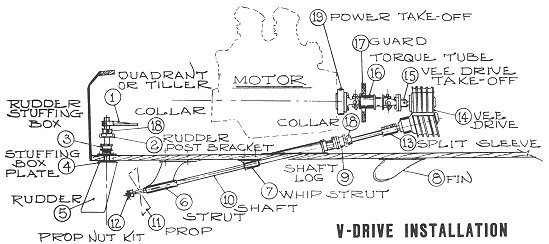I think there are a few variables here. The brand of socket (manufacturer) and the finish on the tool. (Black oxide, hard chrome, nickel plate?)
Most of those sockets (the better ones anyway) are made from Cro-Moly steel I believe.
View attachment 365
Most black oxide "impact" sockets mushroom the square drive over time, and will cut pretty easily with HSS.
I agree with Bill -- a file test would give you the answer.
Most of those sockets (the better ones anyway) are made from Cro-Moly steel I believe.
View attachment 365
Most black oxide "impact" sockets mushroom the square drive over time, and will cut pretty easily with HSS.
I agree with Bill -- a file test would give you the answer.
Last edited by a moderator:


